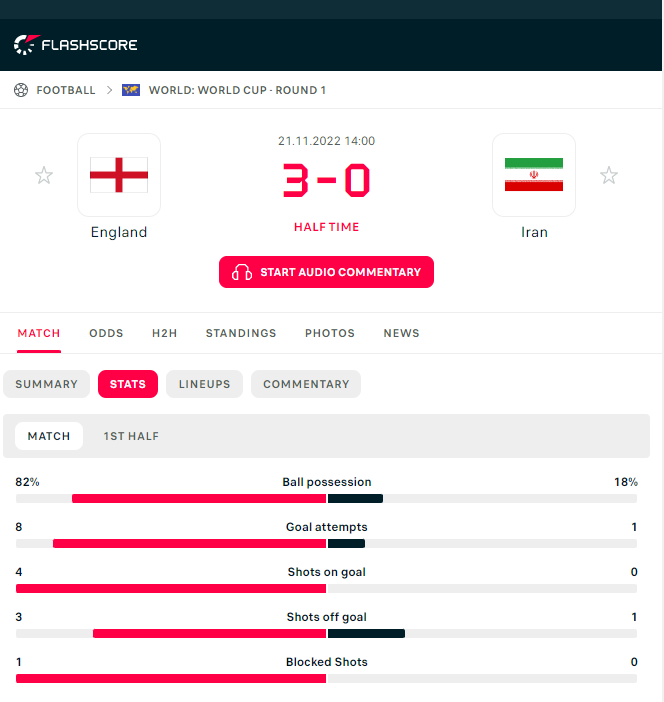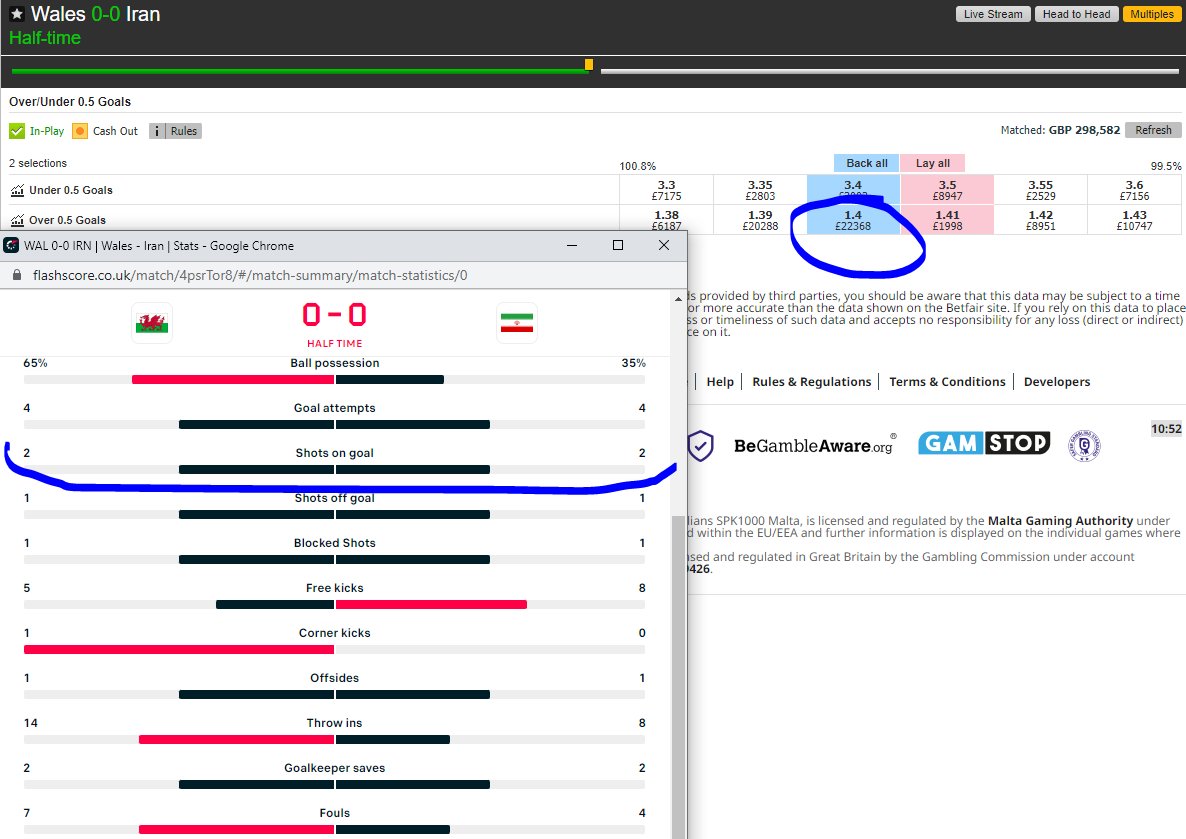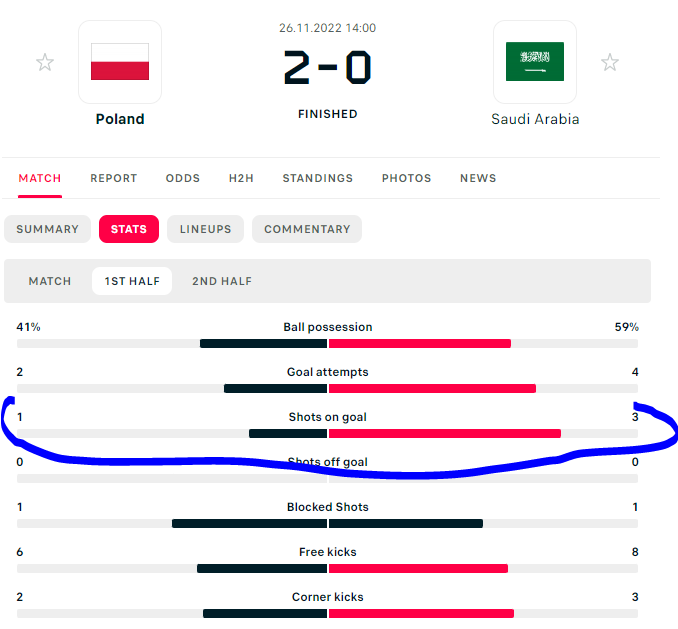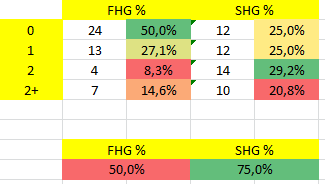First of all congratulations to the winner. Argentina and its leader Lionel Messi made this tournament exciting until the last whistle.

During the World Cup 2022, I placed bets using the SHG method, which involves betting on games with at least 4 shots on target and odds equal to or above 1.27. You can read more about this method at the link provided. I shared all of my bets on my Twitter account.
As expected, few games met the criteria set by the SHG method. Out of the 48 games in the group stage, I was only able to place bets on 2 matches. These were England vs. Iran, with halftime odds of 1.27 for another goal, and Wales vs. Iran, with halftime odds of 1.4.



Both of these bets turned out to be winners, resulting in a 0.65 point profit for me. There was one additional game that met my filters, but I did not place a bet on it as it involved my own team (Poland vs. Saudi Arabia).
Overall, there were not many games that met the criteria set by the SHG method. To understand why this was the case, it may be helpful to look at the stats from the group stage.

During the World Cup, only 24 out of 48 games had a goal scored before halftime, which is a surprisingly low statistic for this major event. The market was expecting a second-half goal in many of these games, but still, only 75% of the games ended with a goal being scored.
To break even on bets placed on all the group stage matches, the implied odds for a first-half goal would have to be 2, and the implied odds for a second-half goal would have to be 1.33, based on the probability of these events occurring.
As I mentioned previously (during Euro 2020), it can be challenging to rely on statistics for betting purposes during a tournament, as there is often not a lot of data available. It is important to be patient and prepared for the possibility of having few opportunities to place bets.
